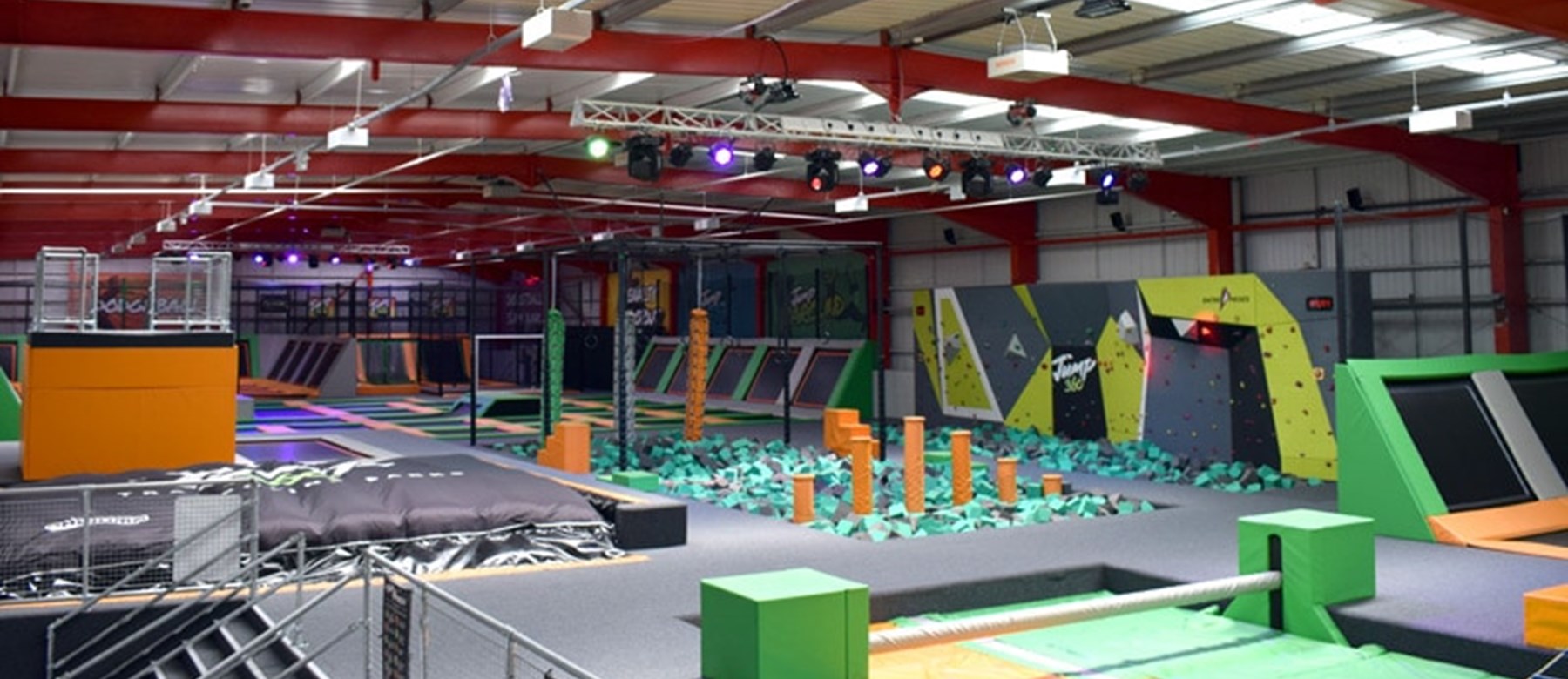
Activity Ideas for Visits
Activity Spreadsheet
Stuck for activity ideas? Want to try something new with your young person?
We have put together a Google Sheet document full of fun and new activities across the Tees Valley you and your young person can try together!
https://docs.google.com/spreadsheets/d/1vn9uleUlXvG_gQGMAcYKxjVMTARK4zx-BCtyB1CRfDY/edit?usp=sharing
How to Use
- Download 'Google Sheets' app on your phone/tablet. It is free and will make the spreadsheet easier to use. If you are using on a laptop, there's no need to download anything.
- Navigate the tabs at the bottom for different locations. You can also find recommendations for out of area activities and a discounts section.
- You can filter the spreadsheet if you save the sheet to your device. Click on the filter icon next to a heading. This is useful for finding activities that are age-appropriate, weather-dependent, within budget, and match the interests of you and your young person.
Our volunteering team update the activities sheet regularly. PDF printable versions of the spreadsheet are available upon request to your CYPV worker.
Icebreakers
Stuck for conversation or need a new conversation starter?
We have put together some resources you can use to get you and your young person talking! You can download our resources as a PDF, or if you prefer, we can get some sent out to you in the post. Please get in touch your CYPV worker to arrange this.
Getting to Know Eachother Cards
Rhyming Riddle Cards 7 and Under
Tips for Breaking the Ice with Young People
Building a connection with young people can sometimes feel a little awkward at first. The good news is that you don’t need to be an expert or know all the right things to say. What matters most is showing genuine interest, being yourself, and creating moments that feel relaxed and friendly. The tips below offer some easy ways to break the ice, spark conversation, and make visits more enjoyable for both you and the young person.
1. Start with something small and everyday.
-
Instead of jumping into serious questions, ask about things they’re likely to have opinions on.
-
Example: “What’s your favourite snack?” or “If you could only use one emoji forever, which one would you pick?”
-
These light questions feel safe and help spark conversation.
2. Share a little about yourself first.
-
Young people often feel more comfortable when you open up too.
-
Example: “I used to be obsessed with drawing superheroes when I was your age. Did you ever draw or doodle a lot?”
-
Keep it short and genuine - it shows you’re not just here to “interview” them.
3. Bring an activity or game.
-
Having something to do together takes pressure off talking.
-
Simple options: a deck of Uno cards, a drawing challenge, a short puzzle, or a fun app/game you can play offline.
-
Example: Instead of sitting across from them, play cards side-by-side. This feels less intense and gives space for casual chat.
4. Use humour (but gently).
-
A small laugh can ease tension.
-
Playfulness can be really useful in building a connection and friendship when done in appropriate situations.
-
Avoid jokes that could be at their expense.
5. Notice and comment on their environment.
-
Look around and see if there’s something they care about; clothing, shoes, accessories etc.
-
Example: “Cool hoodie - where’d you get it?” or “Is that a band you like?”
-
This shows you’re interested in their world.
6. Give choices.
-
Young people appreciate having some control.
-
Example: “Do you want to sit inside or outside?” or “Should we play a game first or just chat?”
-
Even small choices help them feel more at ease.
7. Be comfortable with silence.
-
Don’t rush to fill every pause - sometimes they just need time.
-
Example: If a question hangs, you can smile and say: “Take your time - no rush.”
-
Silence can build trust if you handle it calmly.
8. Celebrate small wins in conversation.
-
If they share something, even a little, it matters.
-
Example: If they mention a favourite show, you might say: “Oh, I’ve heard that’s really funny! What do you like about it?”
-
Showing genuine interest encourages them to keep talking.
9. Meet them at their level, not above it.
-
Don’t worry about sounding “cool”—just be respectful and curious.
-
Example: Instead of “When I was your age, we didn’t have phones…”, you could say: “Wow, you’ve got way more tech than I ever did. What’s your favourite app right now?”
10. Remember - it’s about connection, not performance.
-
You don’t need to be the most entertaining person in the room.
-
Just showing up consistently, listening, and being kind matters more than saying the perfect thing.

